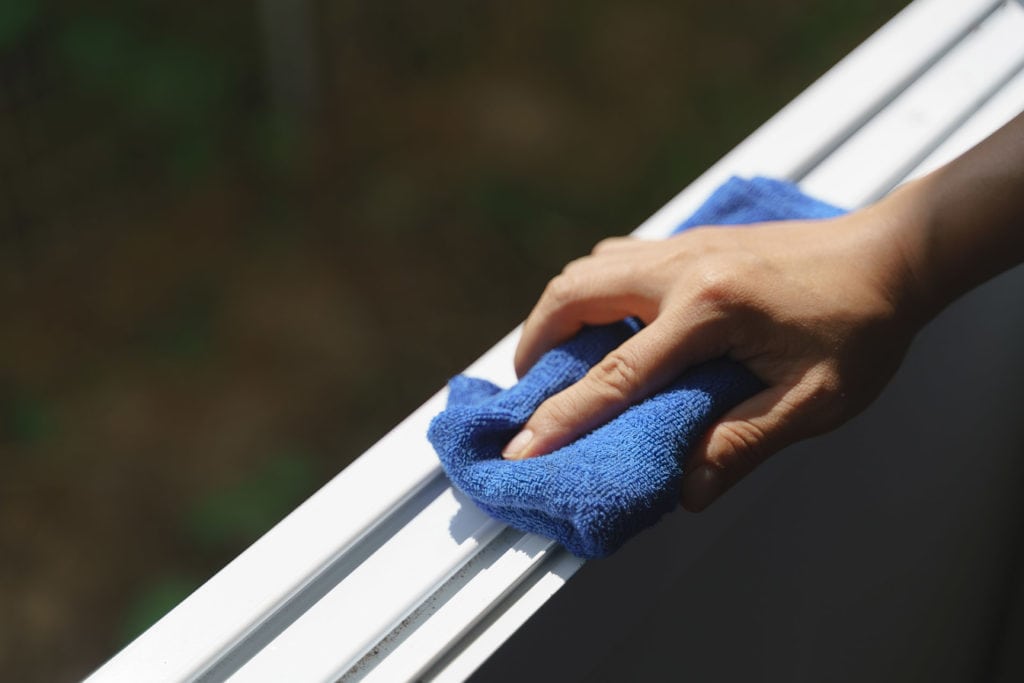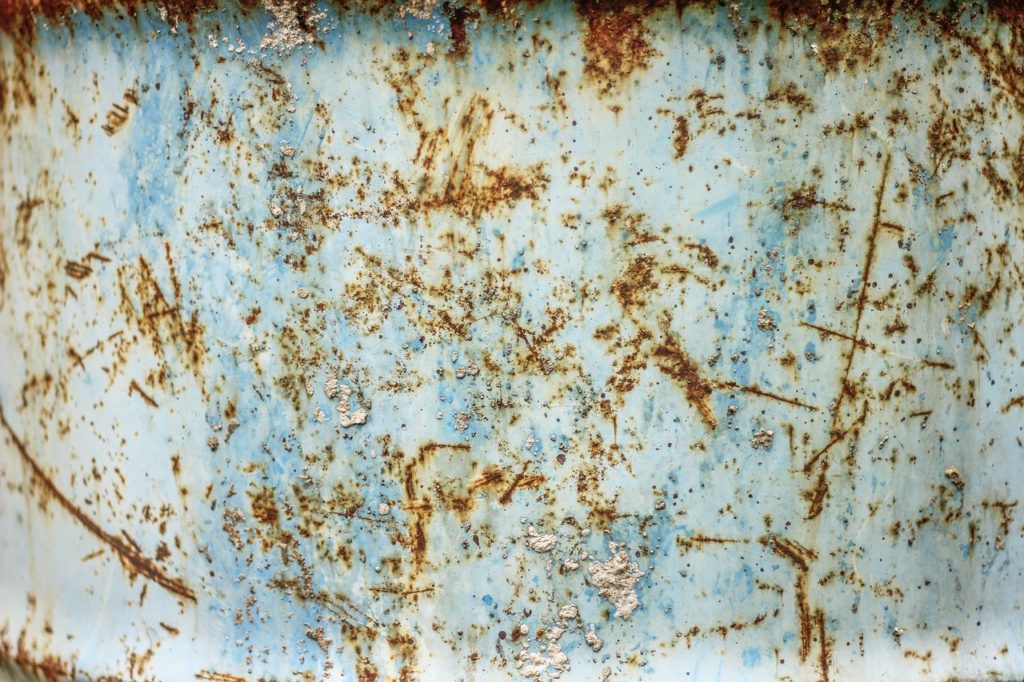How to Clean Aluminum for Welding – Step by Step Guide
Last Updated on

If you have worked with aluminum before, you probably understand its challenges when handled the wrong way. Unlike steel and other metals, aluminum needs special treatment before you start the welding process.
Step-by-Step Cleaning Procedure for Aluminum for Welding
Dirt and other impurities affect the quality of a weld in all metals, and aluminum is not an exception. When prepping aluminum for welding, there are two primary steps you should consider:
1. Degreasing Aluminum to Get Rid Of Moisture and Residual Contaminants
Impurities like oil and grease affect the quality of the weld. While you can use a rag to wipe off the grease or oil, it is not an efficient method, and you may end up spreading the oil to other parts of the metal. To ensure that you have removed all impurities, consider using liquid degreasers like alkaline solutions and organic solvents.
Examples include toluene, methyl ethyl ketone, acetone, and lacquer thinner. Avoid liquids that have alcohol.

2. Removing All Oxidation Layers
After removing the grease, the next step is to rid the aluminum of present oxides. It is a process that entails manual removal of the material from the aluminum’s surface. You can use a wire brush or a chemical solution.
When using a wire brush, select one with soft bristles instead of a hard one. Also, select a strong alkaline chemical solution as an oxide removal agent.
What Is The Best Equipment For Cleaning Aluminum?
- Vinegar And Oxide Removal Spray: Oxide removal solutions come in the form of aerosol sprays or bottled substances. White vinegar is also an effective oxide removal agent on aluminum surfaces.
- Fresh and Clean Microfiber Rags: Use new rags to wipe the wet aluminum surface after removing the grease. Use clean and dry rags to wipe the aluminum surface after completing the deoxidation process.
- Stainless Steel Wire Brush: Use a wire brush with soft bristles to scrub away any presence of oxidation from the aluminum surface.
- Hot Water: For optimal effect, immerse the aluminum in hot water before you start the cleaning process.
- Brown Kraft Paper: Useful for storing aluminum after cleaning. If you do not plan to weld soon and want to avoid cleaning again, wrap the aluminum in brown kraft paper to prevent re-oxidation and contamination.
- Packing Tape: This is not a piece of cleaning equipment yet is very useful for such a project. After wrapping your aluminum with brown kraft paper, you need packing tape to hold it in place. Never let the packing tape come in direct contact with the aluminum surface to avoid contamination.
What to Do When Prepping Aluminum for Cleaning
- Start by clearing the table and spreading a clean cloth/towel on the working surface to put it.
- Set the cleaning area near a hot water sink when using cleaning agents like mild alkaline (soap solutions).
- Clean your equipment in between the cleaning process. For instance, clean the soft bristle wire brush regularly to prevent contamination from the fresh and clean aluminum surface.
- For safety and emergencies, always have an eyewash station nearby.
What to Avoid When Prepping Aluminum for Cleaning
- Never use compressed air to clean aluminum surfaces. Though it is time-efficient, it will transfer moisture and other contaminants to the surface.
- Trimming aluminum is part of its preparation before welding. Avoid cutting aluminum metals using oxygen fuel gas as they give off moisture during combustion. Always rid aluminum metal surfaces of moisture.
- Never wipe aluminum surfaces with used shop rags even if the rags are laundry fresh. Rags have lint and other contaminants that may compromise the quality of your weld.

Advantages of a Clean Weld
- Consistency. A clean weld allows you to maximize the use of aluminum as a controlled variable that affects your welding performance.
- When the aluminum is clean and the welding is unsatisfactory, you can rule out contamination as the cause of the problem.
- Clean welds do not have porosity. Porosity refers to the quality of metal after oxidation and hydrocarbons are weld into them. Porous welds compromise the tensile strength of the finished product.
Disadvantages of Dirt Weld
- Erratic arc. Here the arcs splatter and spread the slags to distant edges leaving the final weld looking ugly and unprofessional.
- Contaminants add resistance, making you need more heat. This might result in a wider weld surface than expected.
- A contaminated aluminum surface may cause soot. It is the black flaw on a weld instead of the clean silver finish, which is a characteristic of a clean weld.
- Compromised fusion. Contaminants may cause problems with the infusion. It results in weak weld bonds.
FAQs
What happens if I weld aluminum when it is still wet from cleaning?
You expose yourself and the people around you because of the moisture.
How long should I wait to weld after cleaning aluminum?
Once the aluminum is completely dry, welding becomes safe. It should take more than an hour.
How do I store aluminum after cleaning?
Keep clean aluminum vertically and not horizontally. It reduces condensation between the layers that happen as a result of temperature change.
Conclusion
Cleaning aluminum is vital in ensuring a sturdy weld. Deoxidizing and degreasing are simple cleaning options you can use. Before you start the cleaning process, ensure that you have all the equipment you intend to use.
Hopefully, you have successfully learned how to clean aluminum for welding with this simple guide!
Featured Image Credit: BonNontawat, Shutterstock
